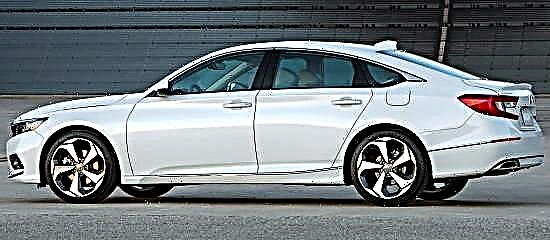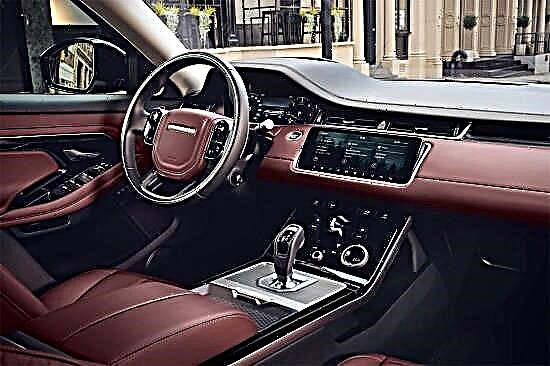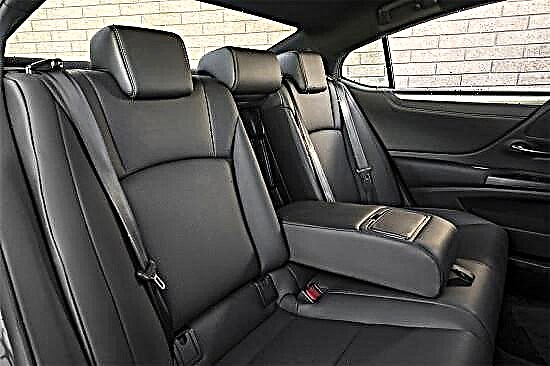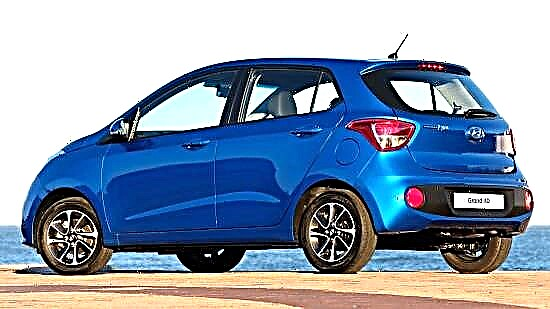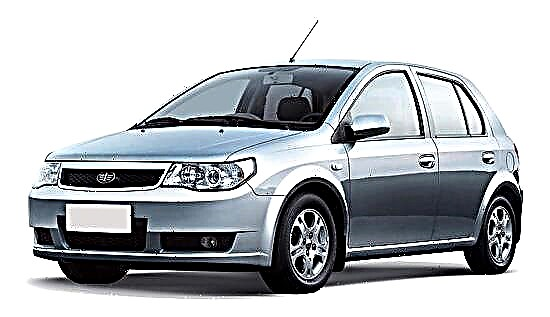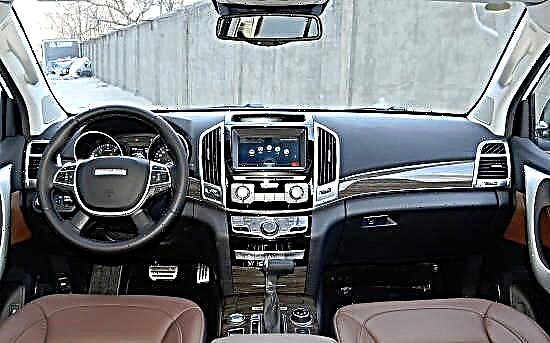The second generation Mercedes-Benz Viano minivan appeared before the public in 2004, at the same time it entered mass production. At the end of September 2010 at the exhibition of commercial vehicles in Hanover, the premiere of the updated version of the car took place, which received corrected exterior and interior, as well as a new line of engines.

In the future, unchanged "German" was produced until 2014, after which it acquired a follower.

The "second" Mercedes-Benz Viano is a premium minivan available in three versions - short, long (Long) and extra-long (Extralang).

The length of the car varies from 4673 to 5238 mm, the distance between the axles is from 3000 to 3430 mm, the width and height are unchanged - 1901 mm and 1875 mm, respectively.

When equipped, the Viano weighs from 2030 to 2160 kg.
Specifications. The 2nd generation cargo-passenger Mercedes Viano was equipped with three diesel turbo units with a volume of 2.1-3.0 liters, producing from 136 to 224 horsepower and from 310 to 440 Nm of torque.
A petrol 3.5-liter V6 engine with 258 "horses" was also available, the output of which is 340 Nm.
In conjunction with the motors, a 6-speed manual gearbox or a 5-speed automatic gearbox, rear-wheel drive or 4Motion all-wheel drive transmission worked.
In the arsenal of Mercedes Viano W639 - a fully independent suspension with classic McPherson struts in front and oblique arms at the rear (as an option, a pneumatic element with electronic body level control was offered). The braking system is expressed by disc mechanisms of all four wheels (front ones with ventilation), and hydraulic power steering is responsible for facilitating control.
Among the advantages of the second generation Mercedes-Benz Viano are presentable appearance, rich equipment, wide cargo-passenger capabilities, high-torque engines, high-quality sound insulation, excellent head lighting and overall reliability and thoughtfulness of the design.
The disadvantages include the high cost of the car itself, expensive original parts and the presence of hard plastics in the cabin.

